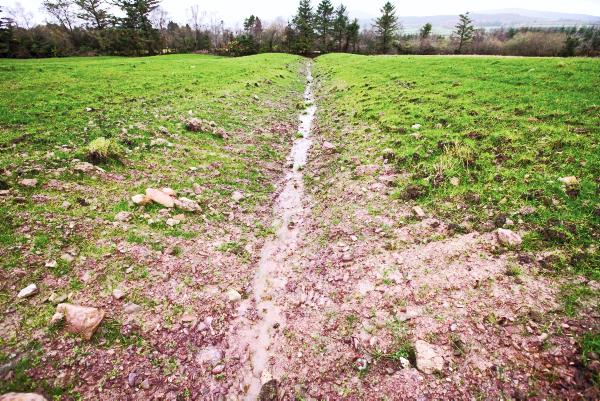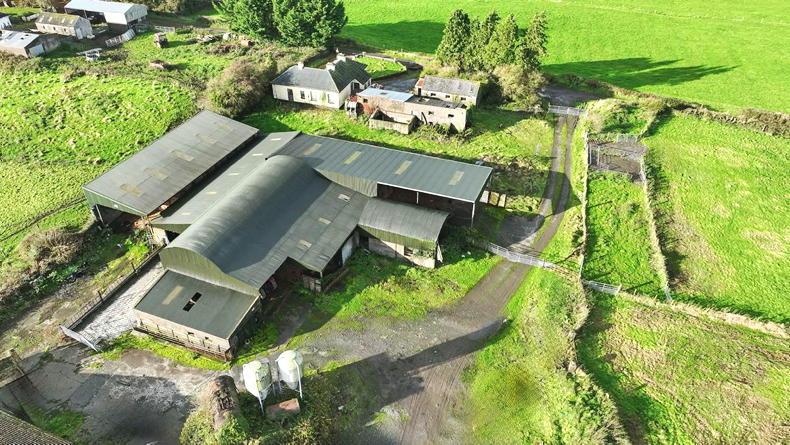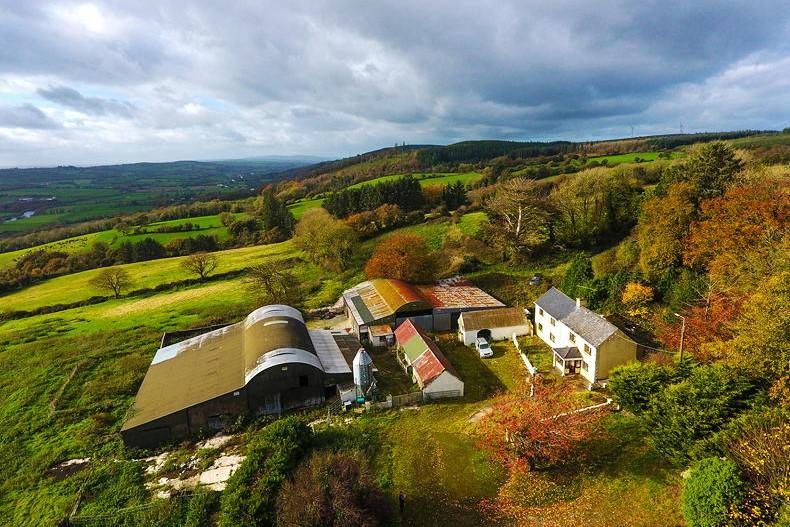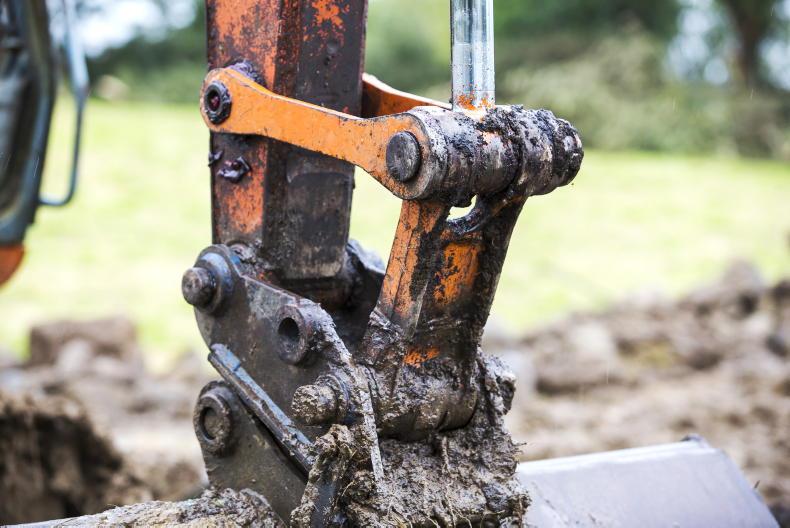There is no doubt but the majority of farmers came to hear Daniel discuss hump and hollow drainage.
A number of farmers suggested to me after the event it is the most innovative thing they have seen on a farm walk in a long time. They said, “He was dead right to do what he did. He spent €3,000 on humping and hollowing a field across from the parlour and it has delivered in spades already. If he had drained the fields in a more conventional manner (deep drains with stones) he would have spent the same amount of money on 20 or 30 loads of stone and the chances are he wouldn’t have been able to get into the field in the year just gone by.”
Another farmer said, “It is absolutely the right thing to do where you have a field with a gradient down to one side (a good slope in a field) and where you need to bury heavy wet soil and bring up better clay or gravel type material. I’m absolutely amazed with what he has done.”
Transformed
At farm walks it’s not often you hear good technical farmers saying that they’re “absolutely amazed” at what has been done, but many farmers walked away from Daniel’s farm walk and said that he had totally transformed his field with peaty soil on top into a field that is vying to be the best (most solid underfoot) field on his farm.
Yes, there may still be many questions over the soil fertility of the sub soil that is now on top, and yes, it will be hungry for nutrients, but many farmers on the day suggested it would be the least of their worries on a heavy farm and that on a dairy farm slurry is a commodity that could be used to great effect to improve soil fertility.
Yes, we must qualify the enthusiasm with the facts that this field, or at least the two fields (nine acres) that Daniel has humped and hollowed, are only a small portion of the farm but it is a valuable nine acres as he could walk cows to these paddocks if the reseeding ground gets a little skin that will hold up animals.
The question that was asked was what will the humps and hollows look like in five years – will they hold up with the soft ground underneath? Will the humps start holding water and undo all the good work? The number of farmers I talked to on the day suggested if the humps last five years, it will still have been a very worthwhile exercise.
Hard to graze
Just to recap – Daniel has humped and hollowed two paddocks across the lower part of his farm, which up to now have been very hard to graze, as they have a peaty layer on top and were very soft for stock, not to mind machinery.
As Daniel said on the day, “every year, not just the wet years, I used to get stuck in these fields at least once with a tractor.” The two fields that are humped and hollowed are now perfect (in terms of hard underfoot) even after rain as the sub soil that was underneath is now on top of the paddock growing the grass and the rain is running down the slopes.
Yes, of course you can’t drive in with a big slurry tank, but you could drive along the top of the hump no problem with a small tank and spread slurry in dry conditions. You can’t cut grass either, but if you know it’s going to be grazing then you can keep the stocking rate up on this area and do away with the necessity for topping or cutting.
The bottom line is that the farmers at the open day felt it was great value for money – in his latest conversion he converted 4.5 acres for approx €3,000, with Daniel doing some dumper driving shifting clay around himself to keep costs down.
He has two from three small paddocks humped and hollowed, and the last paddock in the row, while wet this year, was always the drier of the three paddocks, but on the day of the open day a jeep and trailer got stuck slipping in the wet while the humps and hollowed paddocks were hard underfoot. We will monitor progress with interest.










SHARING OPTIONS